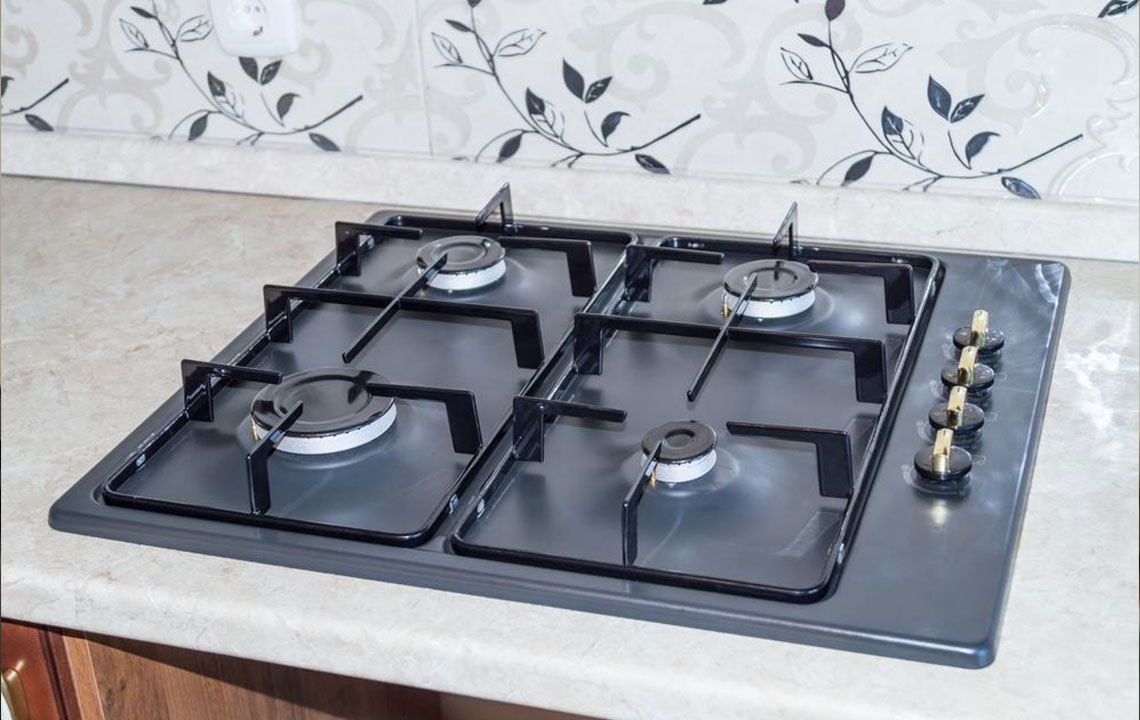
Gas cooktops – Benefits and drawbacks
Cooktops are necessary to accentuate the value and appearance of your kitchens. They are versatile and durable. The cooktops can be classified depending on style, ventilation type, gas, and electricity. It is necessary to make the right choice of cooktops to ensure you don’t invest in the wrong model for your kitchen.
Here are the pros and cons of the commonly used Gas cooktops. Take a look!
Gas Cooktops
Natural gas or propane is used to operate the gas cooktops. The gas range cooktops are ideal for those who need instant heat control and also allows you to check the gas levels. However, it is difficult to clean the gas cooktops. But most of the newer versions of gas cooktops have smooth surfaces which can be cleaned easily.
Benefits
You can see the heat flames and get the visual feedback and act accordingly to reduce the flames.
The gas range cooktops are available in different styles and finishes. Some of the commonly available types of gas ranges include cast iron trivets, enamel, glass and stainless steel.
Some gas range cooktops have oblong shaped burners with five or six burners. They are ideal for grilling and barbecuing food.
Special burners are available if you want to cook stir-fries.
Some of the drawbacks of gas ranges include:
- The sleek and stylish designs of the gas range cooktops need extra care and precision to clean them.
- Cleaning the cast iron trivets is difficult.
- Other than the gas range cooktops, coil type cooktops that are traditional cooktops are commonly used. Cleaning the spills and stains is tough.
To decide which cooktops would be ideal for your kitchen, you must estimate how much space you have for the cooktops about the kitchen design. For instance, if you have less kitchen space, a cooktop with 60 cm and four burners would be suitable. However, if you have large kitchen spaces, you can increase the cooktop area to 90 cm and six burners.
- Previous Post
- Next Post